This post contains affiliate links. I may earn a commission for purchases made through these links at no additional cost to you. You can find my privacy policy here.
Many tools can be used to brew the perfect cup of tea, but one of the most special is yixing clay teapots. They can be as beautiful to look at as they are intimidating. The good news is that a few basic tips will get you started on the right foot. Here is everything you need to know about seasoning yixing clay teapots.
What Makes Yixing Different?
Yixing clay teapots are made using clay from the city of Yixing in China’s Jiangsu Province. This region has been known for its pottery for thousands of years. You might also see it referred to as Zisha, or purple sand. The main difference from other materials used to make teapots is that it is highly porous. This means it will be able to absorb the taste of the tea over time. Minerals such as kaolin, mica, and quartz are naturally occurring. It is also high in iron oxide, which helps maintain a higher temperature during brewing. Yixing pots are not normally glazed.
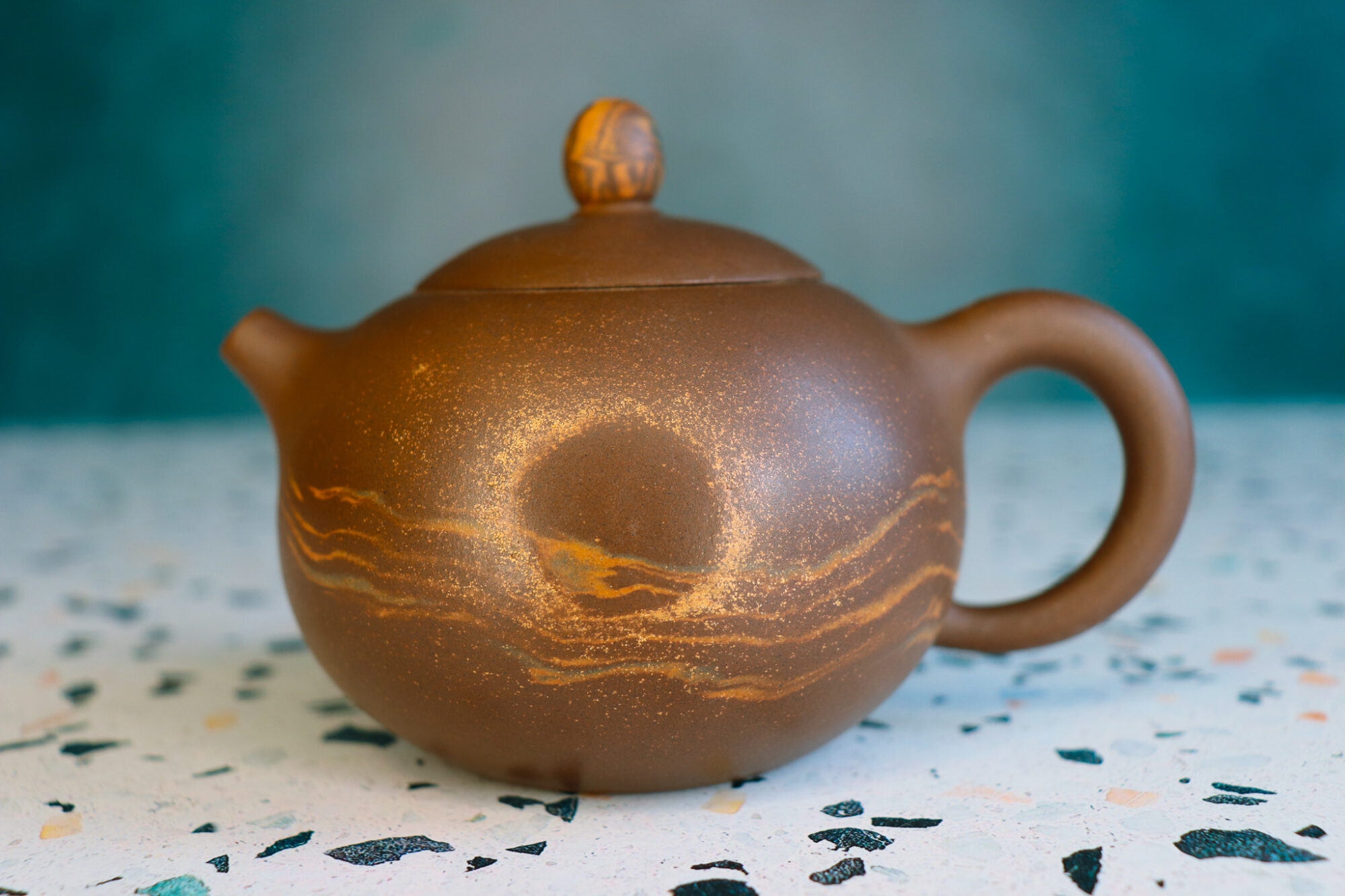
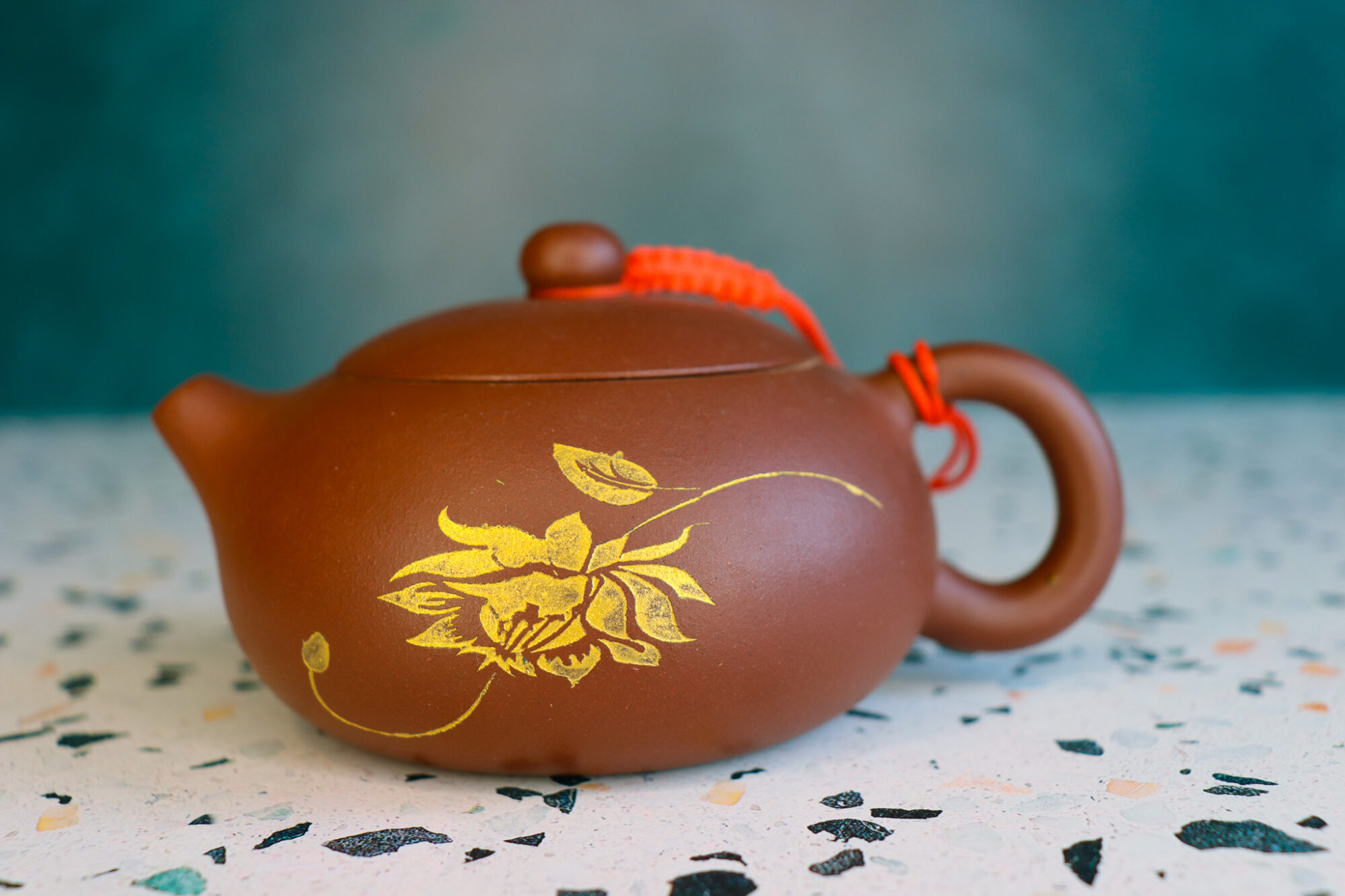
Types of Yixing Clay
Yixing clay teapots can come in a range of colors. This is determined in part by the mineral makeup of the clay as well as the temperatures at which they are fired. Artisans can also blend different clays to achieve a desired look. Here are a few of the basic color categories you might see.
| Clay Type | Color | Qualities |
| Zisha | Purple | Most common, dark brown when fired. |
| Lu Ni | Green | Small quantity, often used for decoration. Dark yellow or green-blue when fired. |
| Hong Ni | Red | Ore is located deep in the mountain. Dark or light red after firing. |
| Duan Ni | White | Pronounced grains in the clay. Grey to golden after firing. |
| Hei Ni | Black | Black clay is rarely found. Manganese Oxide might be added to Zisha to create pigment. |
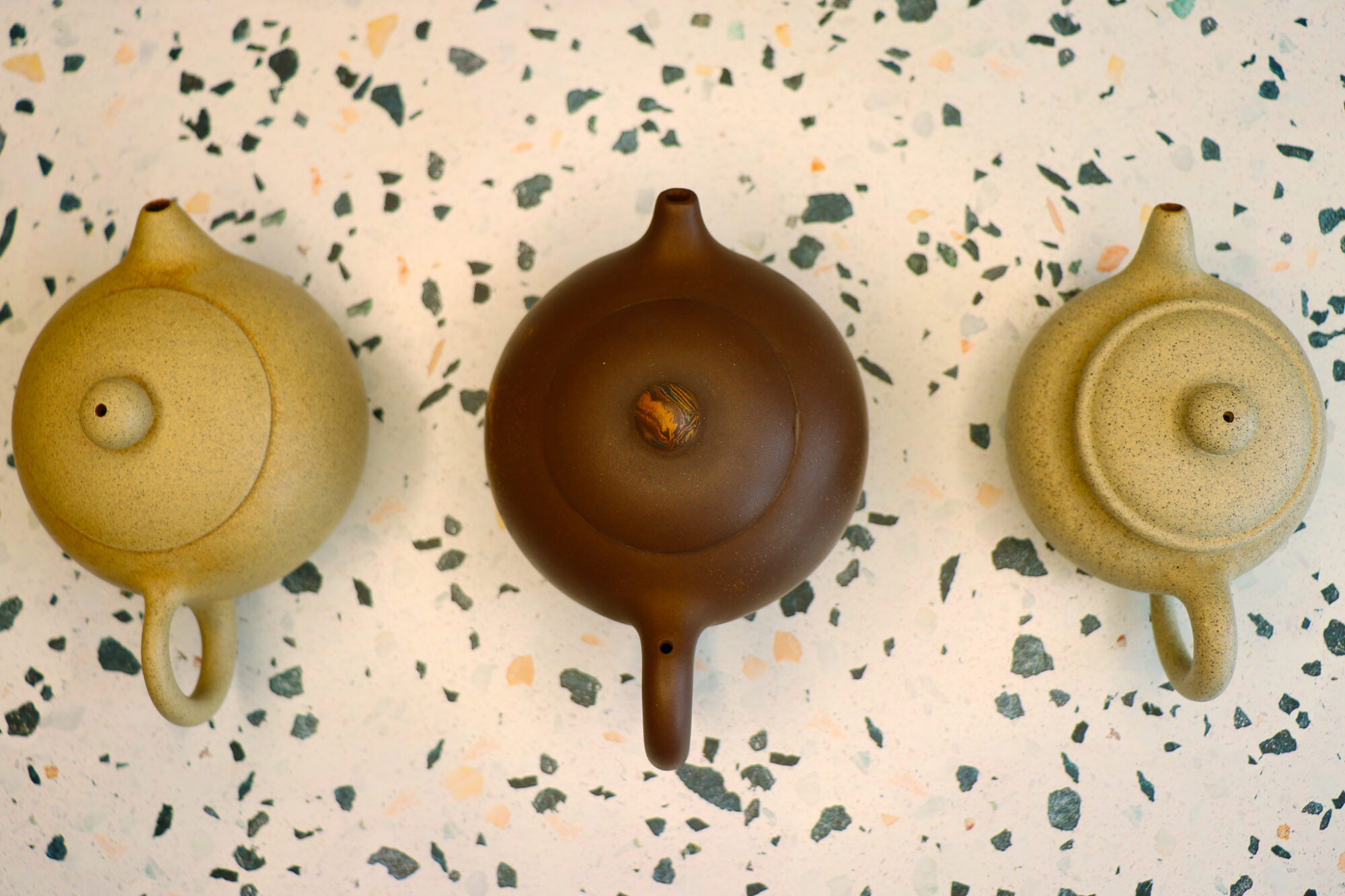
Choosing a Tea
Yixing teapots are often dedicated to a single tea type or category. That can be hyper-specific or more general, but it is recommended to separate teas that have drastically different flavors. It’s a personal choice that only you can make. The tea police won’t come to arrest you if you decide to mix things up.
I have one pot dedicated to a single variety of dancong oolong, while others in my collection are used more generally for Wuyi oolongs or sheng puerh. I would suggest dedicating your first clay teapot to the types of tea you drink most often. The more tea that you brew with it will help expedite the seasoning process.
I would not recommend yixing clay teapots for making green tea due to the high heat retention. Porcelain or glass is a better choice in that case. Flavored teas are also not ideal because they will leave residual oils and sugars behind.
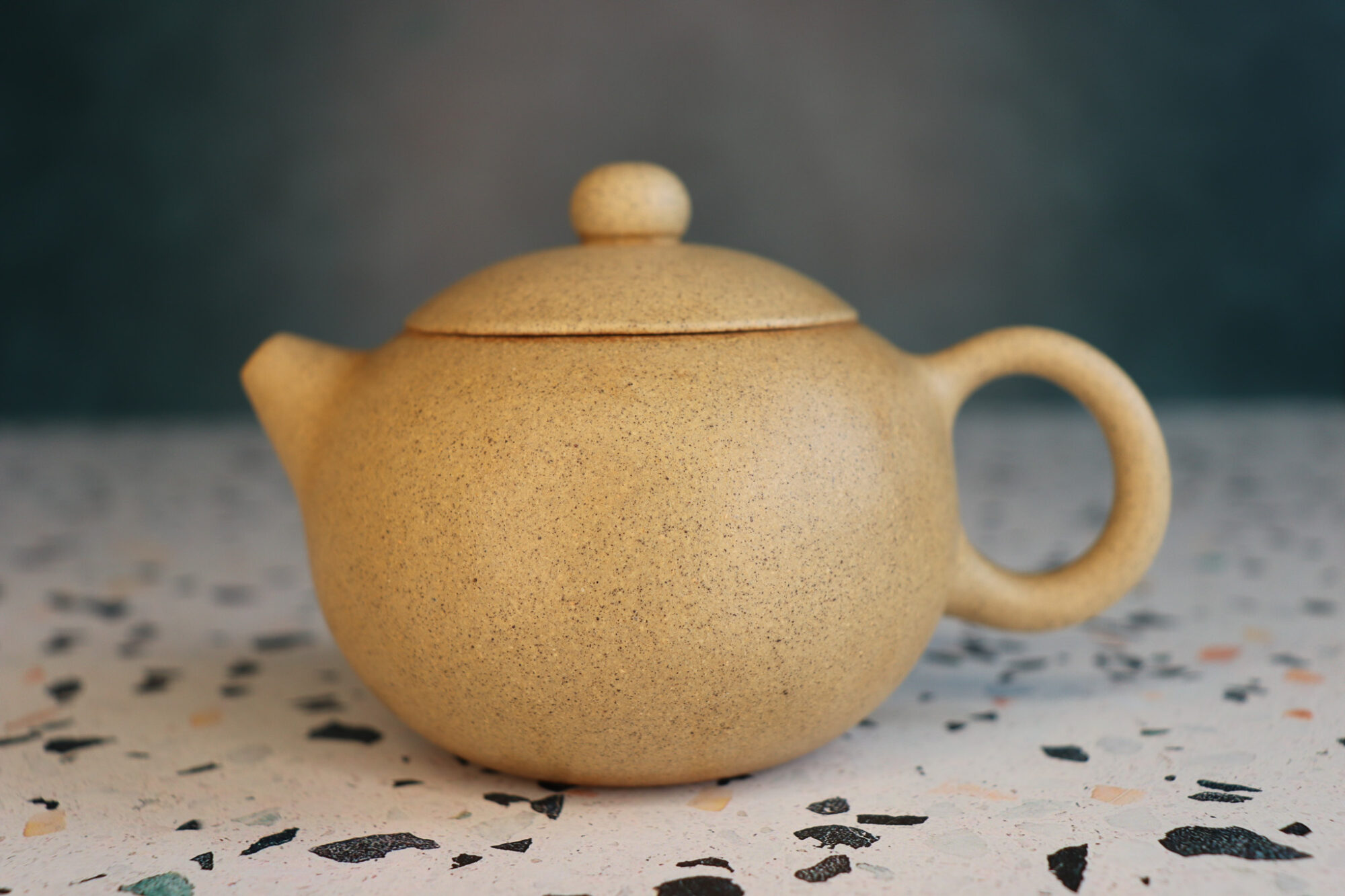
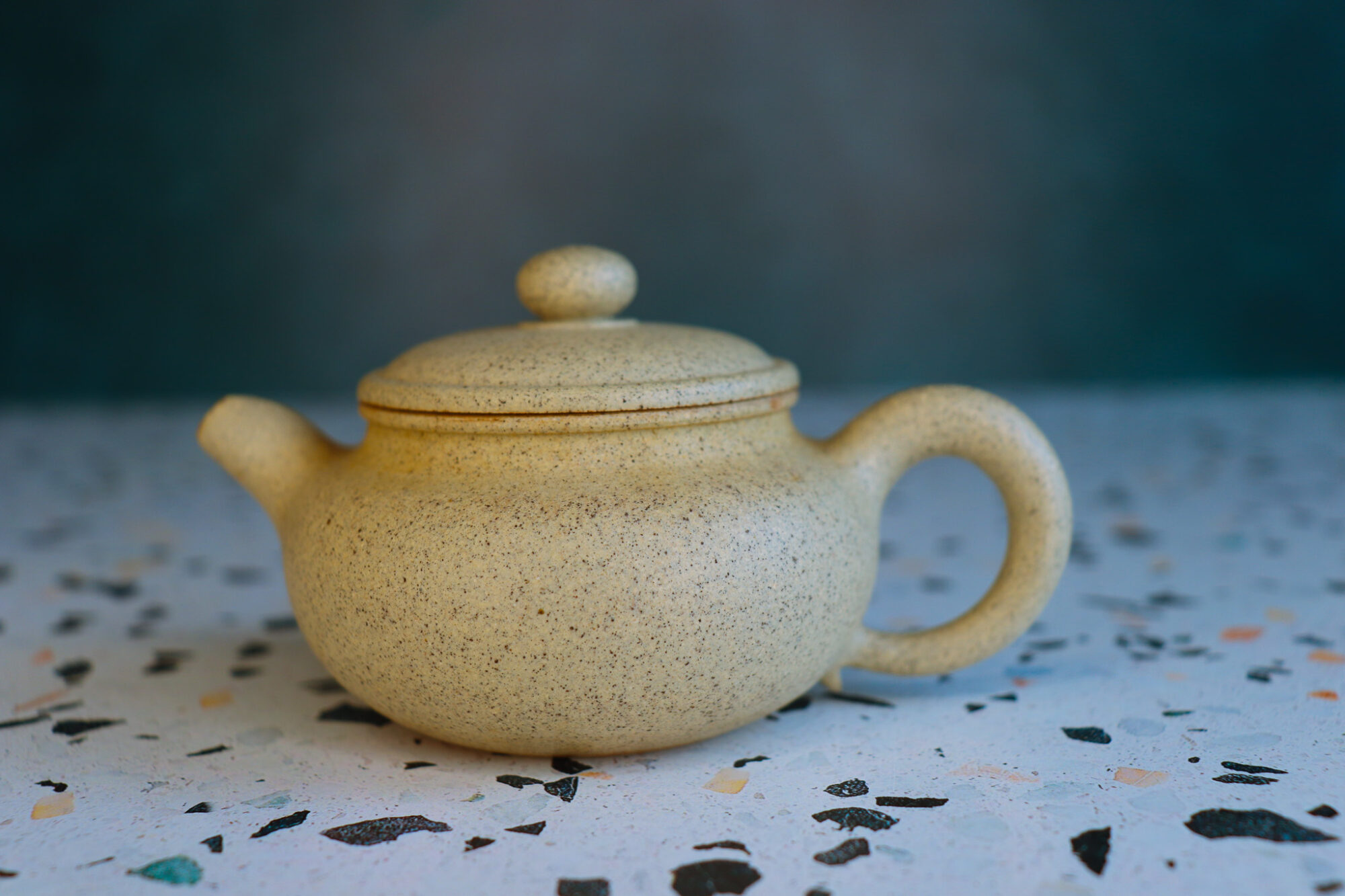
How to Season Your Yixing Clay Teapot
Yixing clay teapots are seasoned through repeated use over time, but taking a few easy steps in the beginning will help make sure you get the best flavor possible. The main goal here is to remove residual grit as well as the taste of clay. Some people will boil the clay teapot directly in a large pot of tea leaves and water. I don’t recommend this as the risk of breaking the teapot is pretty high.
As you use your teapot, it will gradually build up a patina. The inside will become darker, and the outside will develop a natural shine. Polishing the outside with a clean cotton cloth will help to bring that out as well as remove any stains. I purchased my very first clay pot from Seven Cups Fine Chinese Teas over a decade ago, and their advice on seasoning has never steered me wrong.
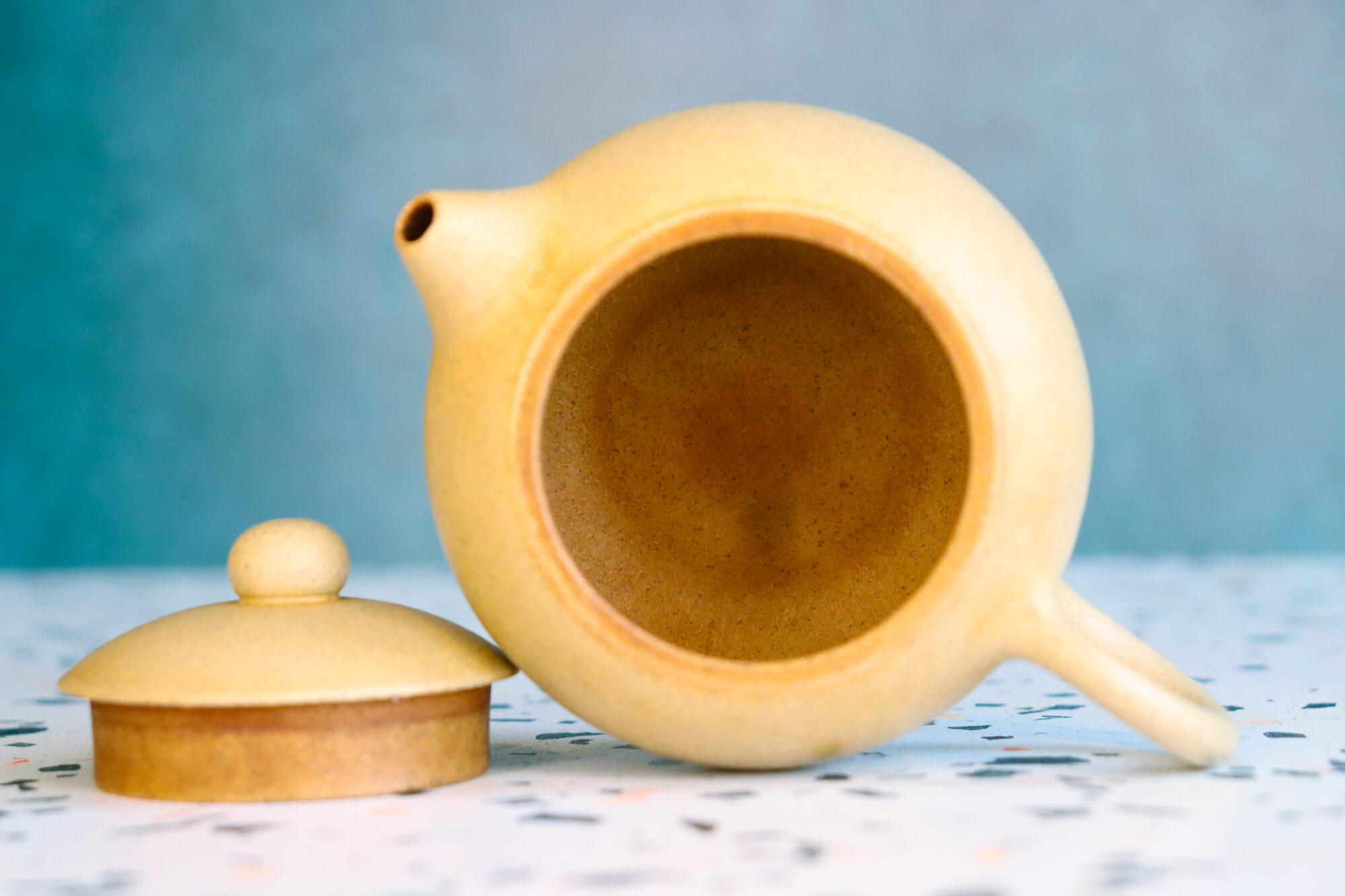
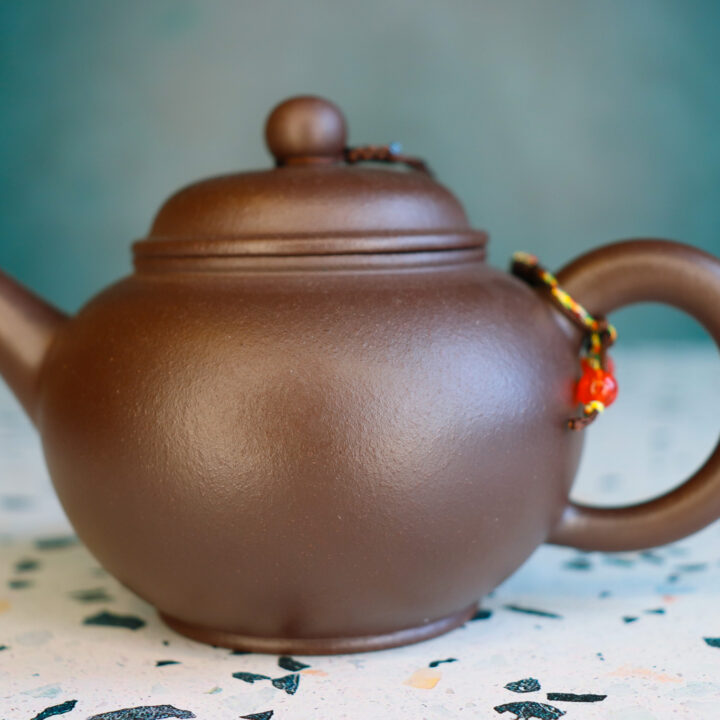

Materials
- Yixing clay teapot
- Loose leaf tea of your choice
Recommended Products
As an Amazon Associate and member of other affiliate programs, I earn from qualifying purchases.
If your teapot doesn’t seem to work well with the tea you chose, just repeat this process with a new selection until you find the best match. Finding that perfect fit is half of the fun of collecting these pieces of functional art.
Caring for Clay Teapots
The most important thing to know about yixing clay teapots is that soap should never be used to clean them. Simply remove the leaves and handwash with water. You can gently rub any stains with your fingers, but no abrasives should be used. Lay the teapot upside down with the lid off and allow tit o dry completely before putting it away. I like to use a microfibre dish drying mat for this purpose.
Since yixing clay is absorbent, you’ll want to keep your pots away from smoke, perfumes, and cleaners. Be cautious when purchasing from unknown sellers for this reason. I’ve heard horror stories of people buying ‘antique’ pots only to find they smell heavily of shoe polish.
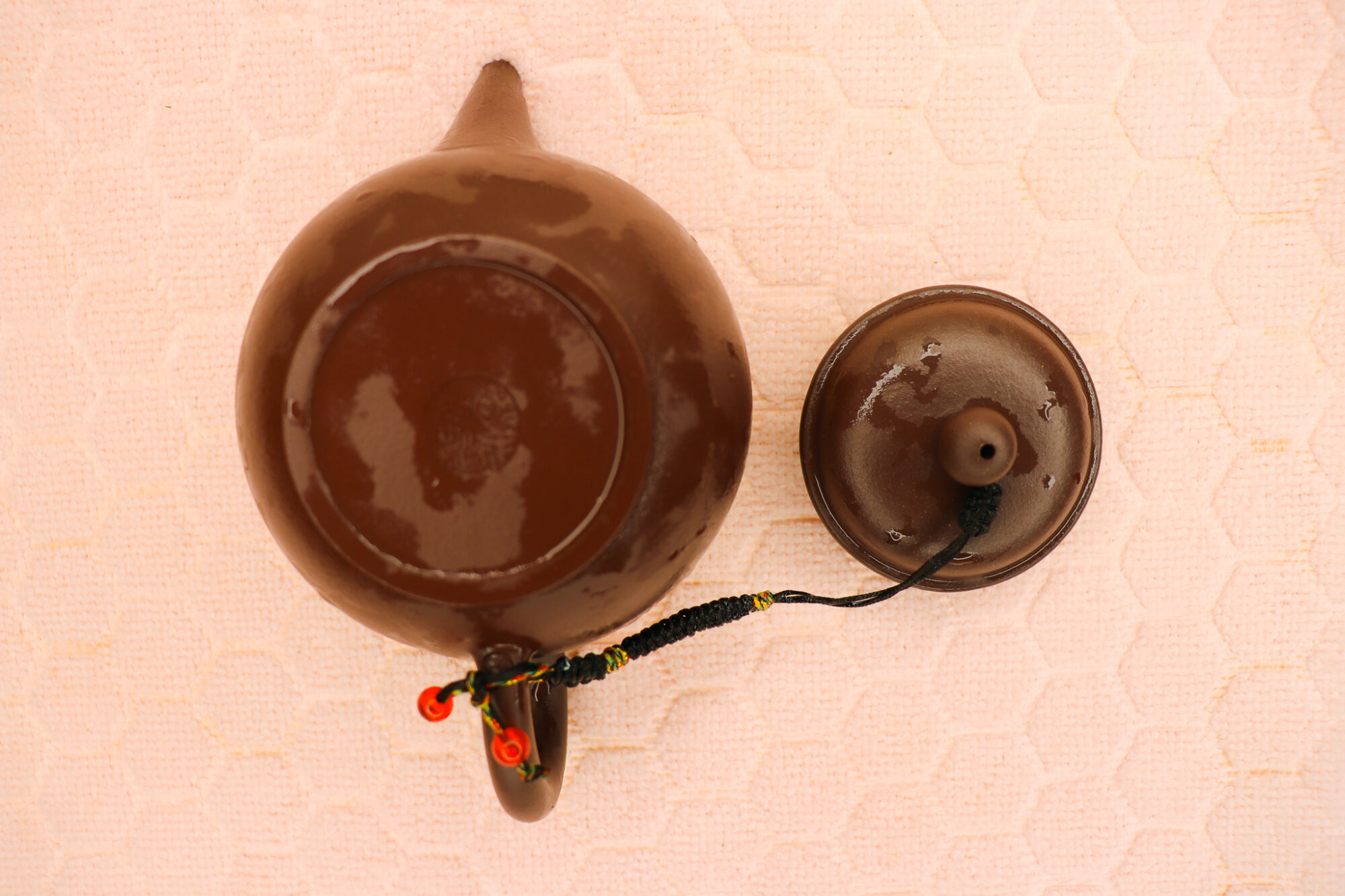
What teas have you dedicated your yixing clay teapots to? Are there any mistakes you’ve made along the way? I’d love to hear from you in the comments below!
Help Support This Site

Please support my work in tea by joining my Patreon community. For $2-$5 a month, you’ll receive access to exclusive behind-the-scenes content, my private Discord server, surprise quarterly packages, and more!
